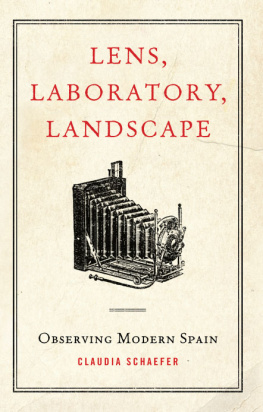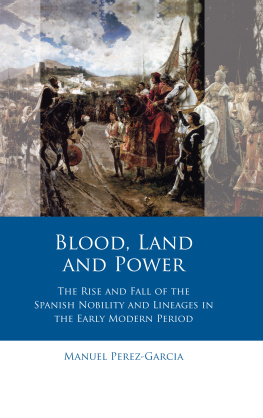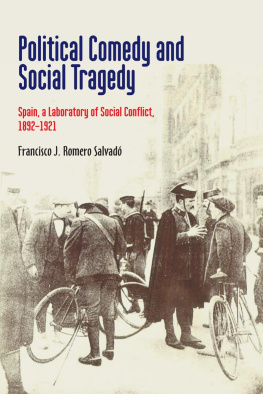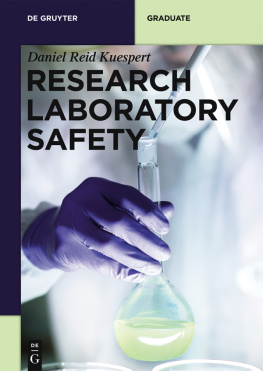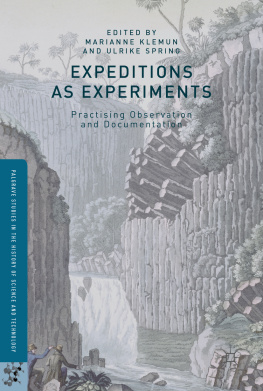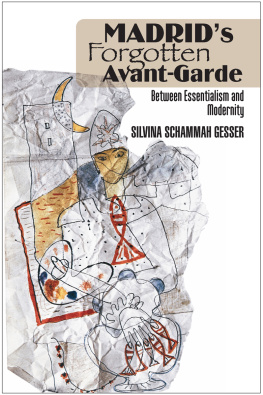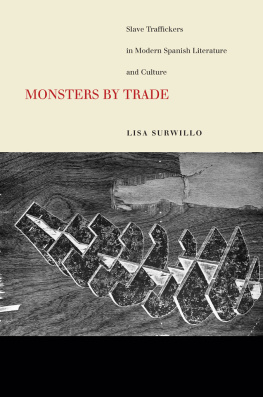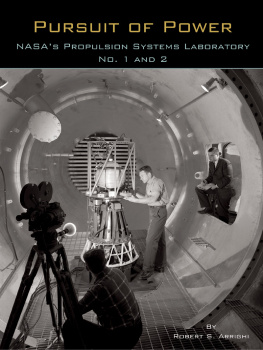LENS,
LABORATORY,
LANDSCAPE
SUNY series in Latin American and Iberian Thought and Culture
Jorge J. E. Gracia and Rosemary Geisdorfer Feal, editors
LENS,
LABORATORY,
LANDSCAPE
O BSERVING M ODERN S PAIN
CLAUDIA SCHAEFER
Published by State University of New York Press, Albany
2014 State University of New York
All rights reserved
Printed in the United States of America
No part of this book may be used or reproduced in any manner whatsoever without written permission. No part of this book may be stored in a retrieval system or transmitted in any form or by any means including electronic, electrostatic, magnetic tape, mechanical, photocopying, recording, or otherwise without the prior permission in writing of the publisher.
For information, contact State University of New York Press, Albany, NY
www.sunypress.edu
Production by Ryan Morris
Marketing by Michael Campochiaro
Library of Congress Cataloging-in-Publication Data
Schaefer, Claudia, 1949
Lens, laboratory, landscape : observing modern Spain / Claudia Schaefer.
pages cm. (SUNY series in Latin American and Iberian thought and culture)
Includes bibliographical references and index.
ISBN 978-1-4384-5273-9 (hardcover : alk. paper)
1. Material cultureSpainHistory19th century. 2. Material cultureSpainHistory20th century. 3. SpainIntellectual lifeHistory19th century. 4. SpainIntellectual lifeHistory20th century. 5. Art and societySpainHistory19th century. 6. Art and societySpainHistory20th century. 7. ScienceSocial aspectsSpainHistory19th century. 8. ScienceSocial aspectsSpainHistory20th century. 9. Visual perception. 10. Observation (Scientific method) 11. Ramn y Cajal, Santiago, 18521934. I. Title.
| GN585.S7S45 2014 |
| 306.094609034dc23 | 2013036275 |
10 9 8 7 6 5 4 3 2 1
Contents
Illustrations
Acknowledgments
T his book has been both an intellectual labor of love and a personal challenge to find a language of intersecting interests between the humanities and the sciences. In it, I take up a thread of inquiry that began in 1966, and came to fruition some four decades later with the intellectual and material support of a number of very generous sources. In 1966, the unique opportunity to hear Roman Vishniac speak at a conference on microbiology planted the seeds of curiosity as to just how he envisioned that photo microscopy and photography might unite to bring the arts and sciences into fruitful and productive conversation. His slides filled with dark-stained cells and curious microorganisms were matched in intensity by what I later saw in his photographs of the disappearing vestiges of Jewish culture in Eastern Europe. It would take me four decades to come full circle and bring Spanish culture under a similar lens. To Dr. Vishniac I owe both the encouragement of youthful enthusiasm and the seeds of future projects I could not even have dreamed of then.
Lens, Laboratory, Landscape is the product of the most fortunate set of circumstances that an academic might wish for. A University of Rochester Provosts Bridging Fellowship for fall semester 2010 allowed me to consult with colleagues Alyssa Ney and Brad Weslake of the universitys Department of Philosophy. Alyssa was both very generous with her time and very patient. I am very grateful for the opportunity to listen in on the discussions of my colleagues in the physics and philosophy group at the University of Rochester. I am equally indebted to Brad Weslake and H. Allen Orr for their generous permission to sit in on their course on Darwin and Religion. Brad continues to be a wonderful collegial resource, and our University of Rochester Humanities Project on Observation, an outgrowth of class discussions and of this project, has proved provocative and compelling. Without Brad and Alyssas generosity, I might still be trying to figure out ways of approaching scientific developments in Spain without lapsing into prosodic language or inane suggestions. I truly hope that I have avoided both.
I am extremely grateful to then-Provost of the University of Rochester Ralph Kuncl and to current Provost Peter Lennie and Dean Joanna Olmsted for granting me an additional leave during spring semester 2011. I especially appreciate their understanding of the time it takes to get things right in a new field of research.
This book would not have a solid foundation in the work of Cajal, neither would I have the rights to use his photographs, were it not for Dr. Juan A. de Carlos Segovia of the Departamento de Neurobiologa Molecular, Celular y del Desarrollo of the Instituto Cajal in Madrid. In charge of the Museo Cajal, all of the numerous and intriguing slides, photographs, books, documents, drawings, awards, and other items forming the collection, Dr. de Carlos was exceptionally generous, taking time away from his own work. His expertise is incomparable, and the photographs make the man of science at home come alive.
On the financial side, I am grateful, and more than somewhat astonished, that the University of Minnesotas Program for Cultural Cooperation Between Spains Ministry of Education, Culture, and Sports and United States Universities found the resources to support my project with a grant. Given Spains obviously rocky economic road, this is just short of a miracle, and I thank these institutions with all my heart. I wish the Instituto Cajal and the Museo Cajal equal success and a long future.
In Rochester, I am indebted to the staff at the George Eastman House International Museum of Photography (GEH), who helped me find information about Cajals photographic work, and the catalog of an exhibit held in Zaragoza. I also owe special thanks to Lisa Wright of the University of Rochester Digital Humanities Center in Rush Rhees Library for her skill with images.
I am especially appreciative of the tremendous patience and fortitude Ral Rodrguez-Hernndez has had in putting up with my random exclamations and endless anecdotes about microscopes and lenses. Rals familiarity with the writings of Walter Benjamin has been invaluable, and I am greatly indebted to him for enduring my questions at the oddest hours. In this book, he will finally see the result of all those mornings I spent at the GEH and all the scribbled notes piled on my desk. I look forward to overturning more Benjaminian stones with him in future projects, and he will undoubtedly appreciate me finally cleaning up my desk.
By virtue of their deep lifelong affection and kindness, I cannot fail to thank Helen and Cal, Mara and Luis, who have always been part of everything. They are forever with me: al fin y al cabo no hay ausentes, siempre estn todos conmigo.
Introduction
This is a book about competing cultural and historical constructions of the power and uses of vision and observation as exemplified in the scientific laboratories, photographs, artwork, travel writings, urban development, and cultural geography produced in Spain between the second part of the nineteenth century and the mid-twentieth century. Transformations in the scope of the potency of the use of vision and its popularizing as a mode of knowledge, as a vehicle of discovery, as a road to modernity, and as a corollary to scientific professionalization produced a new language and new values made evident in a variety of material products and popular public images. These products ranged from photographic cameras and development processes to travel diaries, from the microscope slides and biological or chemical findings of the laboratory scientist to the panoply of inventions on display in shop windows, and from artists reconsideration of the optics of objectivity to cartographers grids as the visible accompaniments of detailed observation. From an inherited world whose mysteries were approached through conjecture and abstraction, the nineteenth century turned to the eye as the organ of observation and knowledge.

